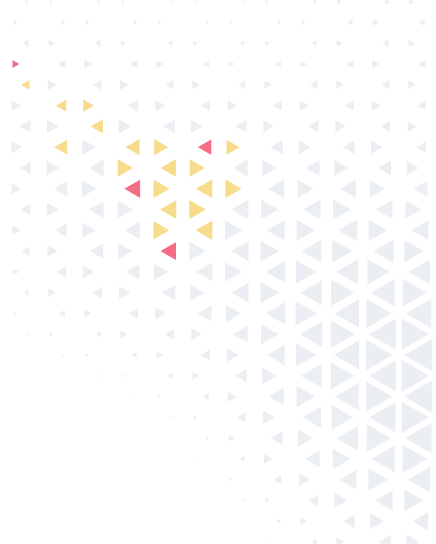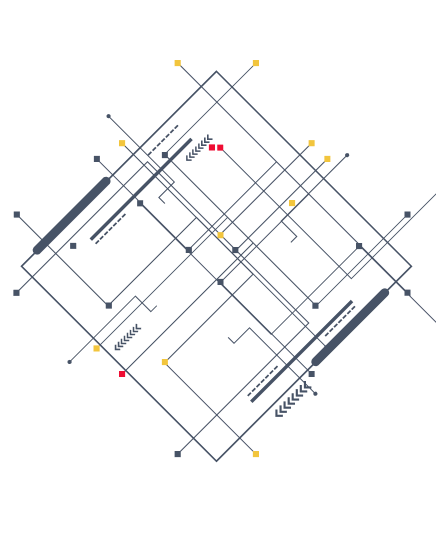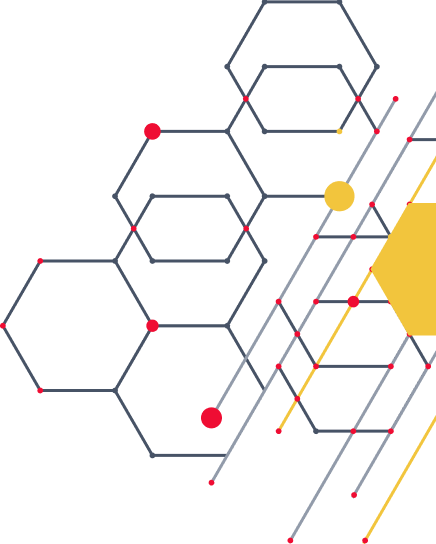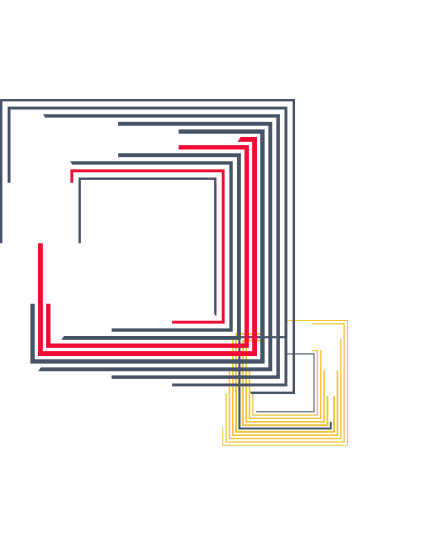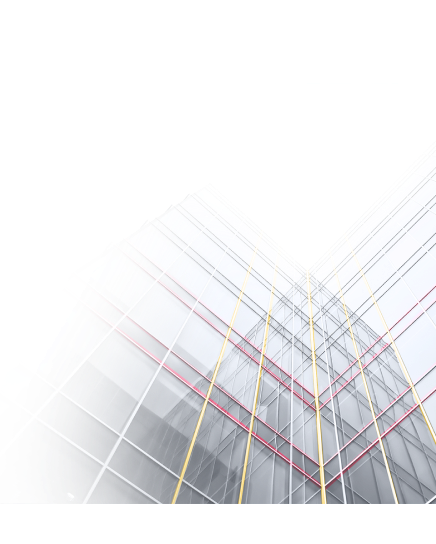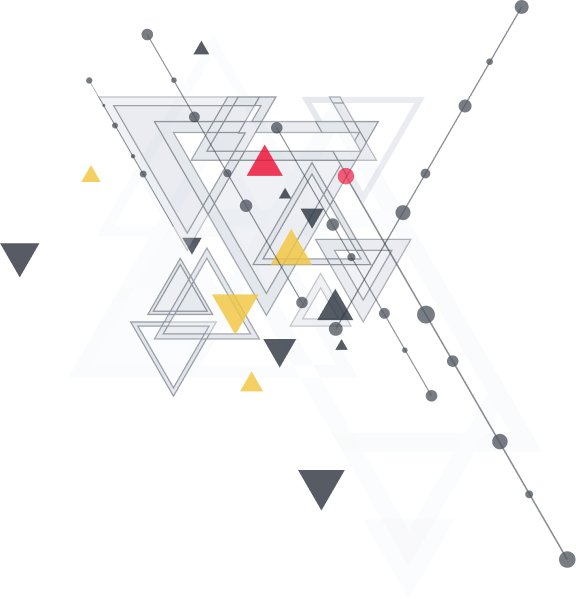Computer Vision (CV) is crucial across various fields due to its ability to interpret and analyze visual data. In healthcare, CV aids in medical imaging and diagnostics, enhancing disease detection and treatment planning. The automotive industry leverages CV for autonomous driving, enabling vehicles to navigate safely. In retail, CV improves inventory management and customer experiences through visual search and recommendation systems. The purpose of this article is to consider the main concepts, directions and aspects of computer vision and thereby help a novice ML engineer navigate in this rapidly developing area of artificial intelligence.
What is the main idea of Computer Vision?
Computer Vision is a field of artificial intelligence that enables computers to interpret and understand visual information from the world, similar to how humans use their eyes and brains. Applications of CV are vast and include facial recognition, autonomous driving, medical imaging, and augmented reality. By leveraging techniques from machine learning and deep learning, CV systems can perform tasks such as object detection, image classification, and scene reconstruction, making it a crucial technology in various industries.
Core Concepts in Computer Vision
Core Concept №1: Image Acquisition
Capturing images for computer vision involves several methods, each suited to different applications and environments. The most prevalent technique involves using digital cameras that transform light into electronic signals to produce images. These cameras can range from simple webcams to sophisticated DSLR cameras, depending on the required resolution and quality. Another approach involves using specialized sensors such as LiDAR (Light Detection and Ranging), which calculates distances by emitting laser light at the target and analyzing the light that bounces back. This is particularly useful for creating detailed 3D maps and is widely used in autonomous vehicles.
Core Concept №2: Preprocessing techniques
Preprocessing techniques in computer vision are essential for enhancing image quality and preparing data for analysis. Common techniques include image resizing, which adjusts the dimensions of an image to a standard size, ensuring consistency across datasets. Normalization is another crucial step, where pixel values are scaled to a specific range, typically between 0 and 1, to improve the performance of machine learning algorithms. Noise reduction techniques, such as Gaussian filtering, help remove unwanted artifacts from images, making features more discernible. Contrast enhancement methods, like histogram equalization, adjust the intensity distribution of an image to improve visibility of details.
Core Concept №3: Edge detection, segmentation, and feature extraction
Edge detection, segmentation, and feature extraction are fundamental techniques in computer vision, each playing a crucial role in image analysis. Edge detection involves identifying significant changes in intensity within an image, which typically correspond to object boundaries. Techniques like the Sobel, Prewitt, and Canny edge detectors are commonly used to highlight these edges, simplifying the image for further analysis. Image segmentation divides an image into several segments or areas to simplify its representation and enhance its interpretability.. This can be achieved through methods such as thresholding, region growing, and clustering, enabling precise identification and localization of objects within an image. Feature extraction involves identifying and representing distinctive structures within an image, transforming raw data into numerical features that can be processed by machine learning algorithms. Techniques like edge detection, corner detection, and texture analysis are used to extract relevant features, which are essential for tasks like object detection, classification, and image matching. Together, these techniques form the backbone of many computer vision applications, enabling machines to interpret and understand visual data effectively.
Core Concept №4: Techniques for identifying objects in images
Object detection involves locating and classifying multiple objects within an image, often using bounding boxes to mark their positions. Traditional methods like the Viola-Jones algorithm use Haar features and AdaBoost for face detection, while modern approaches leverage deep learning. Convolutional Neural Networks (CNNs), particularly models like YOLO (You Only Look Once), SSD (Single Shot MultiBox Detector), and Faster R-CNN, have revolutionized object detection by providing high accuracy and real-time performance. These models process images through multiple layers to extract features and predict object locations and classes simultaneously. Region-based methods, such as Mask R-CNN, extend this by also performing instance segmentation, which labels each pixel of an object, providing more detailed information. Moreover, feature-based techniques such as SIFT (Scale-Invariant Feature Transform) and SURF (Speeded-Up Robust Features) identify and characterize local features in images, facilitating object recognition and matching. These techniques collectively enable machines to interpret and interact with the visual world effectively, supporting applications from autonomous driving to medical imaging.
Core Concept №5: Methods for categorizing images into predefined classes
Categorizing images into predefined classes is a fundamental task in computer vision, primarily achieved through image classification techniques. The most prevalent method involves using Convolutional Neural Networks (CNNs), which are designed to automatically and adaptively learn spatial hierarchies of features from input images. CNNs consist of multiple layers, including convolutional layers, pooling layers, and fully connected layers, which work together to extract and classify features. Transfer learning is another powerful technique, where pre-trained models on large datasets like ImageNet are fine-tuned on specific tasks, significantly reducing the need for extensive labeled data. Additionally, support vector machines (SVMs) and k-nearest neighbors (k-NN) are traditional machine learning algorithms that can be used for image classification, though they often require manual feature extraction data augmentation techniques, such as rotation, scaling, and flipping, are employed to artificially expand the training dataset, improving model robustness and performance. These methods collectively enable accurate and efficient categorization of images, supporting a wide range of applications from medical diagnostics to autonomous driving.
Techniques and Algorithms in Computer Vision:
Traditional methods approaches
Traditional methods in computer vision rely heavily on manual feature extraction and classical algorithms to interpret images and videos. These techniques often involve a sequence of steps to process and analyze visual data. Edge detection methods, such as the Sobel and Canny algorithms, identify significant changes in intensity to highlight object boundaries. Texture analysis techniques, like Local Binary Patterns (LBP), capture the texture information of an image by comparing pixel intensities. Histogram of Oriented Gradients (HOG) descriptors detect objects by tallying the occurrences of gradient orientations within specific areas of an image. These methods require domain-specific knowledge and predefined algorithms to identify patterns and features in images. While traditional approaches have been foundational in the development of computer vision, they often struggle with complex and large-scale data, which has led to the rise of deep learning techniques that can automatically learn features from data.
Machine Learning approaches
Machine learning approaches have significantly advanced the field of computer vision, enabling more accurate and efficient analysis of visual data. Supervised learning is a common method where models are trained on labeled datasets to recognize patterns and make predictions. Convolutional Neural Networks (CNNs) are particularly effective for image classification, object detection, and segmentation tasks due to their ability to automatically learn hierarchical features from raw pixel data. Unsupervised learning techniques, such as clustering and dimensionality reduction, help in discovering hidden patterns and structures in unlabeled data, which can be useful for tasks like anomaly detection and image compression. Reinforcement learning is also applied in computer vision, particularly in scenarios requiring sequential decision-making, such as robotic navigation and video game playing. Additionally, transfer learning allows models pre-trained on large datasets to be fine-tuned for specific tasks, reducing the need for extensive labeled data and computational resources. These machine learning approaches collectively enhance the capability of computer vision systems to interpret and understand visual information, driving innovations across various industries.
Deep Learning Approaches
Deep learning approaches have revolutionized computer vision by enabling machines to automatically learn and extract features from raw data, leading to significant advancements in image and video analysis. CNNs are at the forefront of these approaches, excelling in tasks such as image classification, object detection, and segmentation due to their ability to capture spatial hierarchies in images. Advanced models like YOLO (You Only Look Once) and Faster R-CNN have set new benchmarks in real-time object detection by efficiently predicting bounding boxes and class probabilities. Generative Adversarial Networks (GANs) are another powerful tool, used for generating realistic images and enhancing image resolution. Recurrent Neural Networks (RNNs) and their variants, such as Long Short-Term Memory (LSTM) networks, are employed in video analysis and activity recognition, leveraging their ability to process sequential data. Additionally, transfer learning approach allows the adaptation of pre-trained models to specific tasks, significantly reducing the need for large labeled datasets. These deep learning techniques have transformed computer vision, enabling applications ranging from autonomous driving to medical imaging and beyond.
Applications of Computer Vision:
Healthcare
Techniques like deep learning enable accurate detection of conditions such as cancer, diabetic retinopathy, and cardiovascular diseases from X-rays, MRIs, and retinal images. Additionally, computer vision aids in real-time monitoring of chronic diseases, providing timely insights for treatment adjustments. This technology improves diagnostic accuracy, reduces human error, and supports early intervention, ultimately enhancing patient outcomes.
Autonomous driving
CV is crucial for autonomous driving, enabling vehicles to perceive and interpret their surroundings in real time. Using advanced cameras and sensors, computer vision algorithms detect and classify objects such as pedestrians, vehicles, and road signs. Techniques like lane detection, depth estimation, and traffic sign recognition ensure safe navigation and decision-making. This technology enhances the vehicle’s ability to operate autonomously, reducing human error and improving road safety.
Traffic monitoring and management
CV enhances traffic monitoring and management by analyzing visual data from traffic cameras to detect vehicles, estimate speeds, and identify congestion. Advanced algorithms and machine learning models process live or recorded videos to monitor traffic flow and interactions in real time. This technology provides valuable insights for optimizing traffic signals, reducing congestion, and improving overall road safety. By automating these tasks, computer vision helps create more efficient and responsive traffic management systems.
Retail and E-commerce
CV revolutionizes retail and e-commerce by enhancing inventory management, customer experience, and security. It enables automated inventory tracking, detecting out-of-stock items and optimizing restocking. In stores, computer vision powers cashierless checkouts and personalized shopping experiences through virtual mirrors and recommendation engines. Online, it analyzes customer interactions with visual content to craft targeted marketing campaigns, boosting engagement and sales. This technology streamlines operations, reduces costs, and improves customer satisfaction.
Security and Surveillance
CV enhances security and surveillance by enabling real-time analysis of video feeds to detect unusual behavior and potential threats. Advanced algorithms can identify suspicious activities, such as loitering or unauthorized access, and alert security personnel immediately. This technology also improves facial recognition and license plate detection, aiding in the identification of individuals and vehicles. By automating these tasks, computer vision reduces the need for extensive human monitoring, increases accuracy, and enhances overall security measures.
Challenges in Computer Vision
Data Quality and Quantity
Large, diverse datasets are crucial for training robust computer vision models, but they present challenges. Collecting such datasets is resource-intensive and time-consuming, requiring extensive curation to ensure diversity and representativeness. Additionally, data annotation and labeling are fraught with issues like inaccuracies, mislabeled images, and missing labels, which can significantly degrade model performance. Ensuring high-quality annotations demands meticulous manual effort or sophisticated automated tools, both of which can be costly and complex. These challenges highlight the need for efficient data management and quality control processes in computer vision projects.
Computational Requirements
Computer vision demands significant computational resources, posing challenges in both hardware and energy efficiency. High-performance hardware like GPUs and TPUs are essential for processing complex models, but they are costly and consume substantial power. This high energy consumption is particularly problematic for mobile and edge devices, limiting their deployment. Additionally, the need for real-time processing in applications like autonomous driving exacerbates these challenges. Energy-efficient model designs, such as pruning and quantization, are being developed to mitigate these issues, but balancing performance and efficiency remains a critical challenge.
Ethical and Privacy Concerns
Computer vision raises significant concerns regarding surveillance and privacy, as it enables extensive monitoring and data collection, often without individuals’ consent. This can lead to potential misuse and invasion of privacy, particularly with technologies like facial recognition. Additionally, bias and fairness in computer vision systems are critical issues, as these systems can inadvertently perpetuate and amplify existing societal biases. Discriminatory tendencies in training data can result in unfair treatment of certain groups, necessitating robust bias mitigation strategies to ensure equitable and ethical deployment of computer vision technologies.
Future of Computer Vision
Advancements in AI and Deep Learning
Emerging architectures and techniques in computer vision are driving significant advancements in the field. Vision Transformers (ViTs) are gaining traction for their ability to capture long-range dependencies in images, improving accuracy and efficiency. Neural Architecture Search (NAS) streamlines the creation of neural networks, enhancing performance and minimizing the need for manual intervention. Additionally, photoelectronic processors are being developed to enhance speed and energy efficiency by integrating optical and electronic analog computing. These innovations, along with improved data augmentation and transfer learning techniques, are set to revolutionize computer vision, making it more robust and scalable.
Integration with Other Technologies
Computer vision is poised to revolutionize Augmented Reality (AR), Virtual Reality (VR), and the Internet of Things (IoT) by enhancing real-time object recognition, spatial mapping, and interaction capabilities. In AR and VR, advanced computer vision algorithms will enable more immersive and interactive experiences through precise tracking and realistic rendering of virtual objects. In the context of IoT, computer vision will create more intelligent environments by allowing devices to understand visual data, thereby enhancing automation and decision-making processes. These advancements will drive innovations across various sectors, from gaming and entertainment to smart homes and industrial automation.
Conclusion
In this article, we explored the fundamentals and advanced aspects of computer vision, covering a wide range of topics. We discussed methods for capturing images, preprocessing techniques, and key processes like edge detection, segmentation, and feature extraction. We delved into traditional and machine learning approaches, highlighting the transformative impact of deep learning. The article also examined the applications of computer vision in various fields, including disease detection, autonomous driving, traffic management, retail, and security. Additionally, we addressed challenges related to data quality, computational requirements, and ethical concerns, and tried to predict future trends and their potential impact on AR, VR, and IoT.
